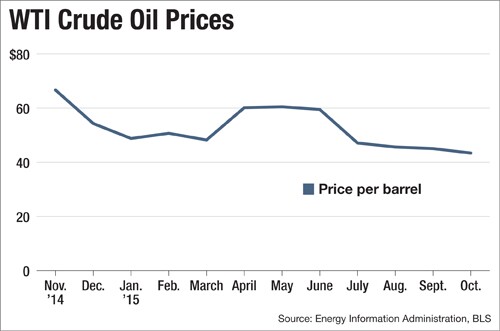

Texas Capital: Hands-On Approach
Still, nonperforming assets nearly tripled in the third quarter from a year earlier, to $110 million. Net chargeoffs quadrupled, and the loan-loss provision more than doubled. The loan-loss allowance is now 36% higher than it was a year earlier.

Prosperity Bancshares: Watching and Waiting
Overall NPAs in the third quarter fell from a year earlier, to $49 million, with energy credits accounting for about 43% of the total. The allowance is only up 4% from a year earlier.

Zions Bancorp.: Choppy Future
Zions' criticized energy assets in the third quarter rose by roughly $65 million from June 30, while classified energy loans increased by more than $110 million. "The only countervailing influence to all the positive things [at Zions] is energy," McLean said.

LegacyTexas: Growing the Portfolio
Unlike other Texas banks, LegacyTexas increased the size of its energy book. Those loans are essentially private banking deals "with wealthy people behind them" and secured by reserves, Hanigan said. NPAs nearly tripled from a year earlier; the allowance is up 60%.

BOK Financial: Fortifying its Defenses
NPAs are down from a year earlier, but BOK Financial has been charging off loans compared to recoveries in 2014 and the allowance has increased by 9% in the last year.

Hancock Holding: Remaining Optimistic
NPAs at the Gulfport, Miss., lender rose 40% from a year earlier, while the allowance was 11% higher. Provision expense was up slightly from the third quarter of 2014.






